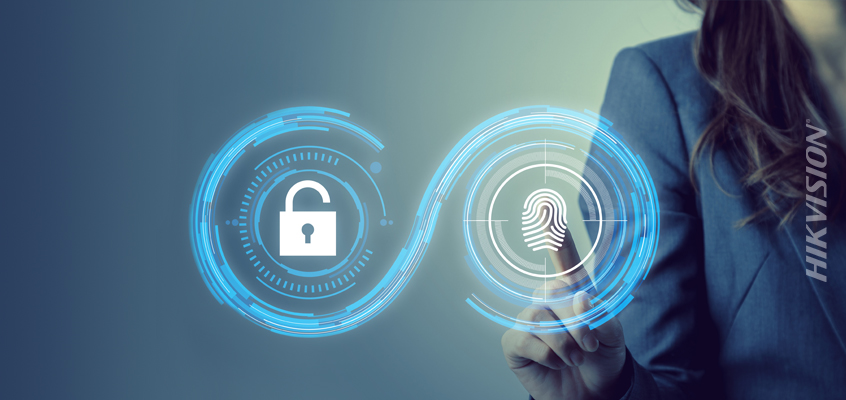Using Multi-Factor Authentication (MFA) to Reduce Password Hacks & Authentication Vulnerabilities

Hikvision on MFA to Prevent Password Hacks
The SecurityInfoWatch.com (SIW) article, “Can multi-factor authentication (MFA) save us from password-based attacks?” discussed the role of MFA helping to reduce password hacks and the vulnerability of password authentication.
From the article: “In the near-term, most of us need something to prevent our worst instincts when it comes to choosing passwords: using personal information, predictable (i.e. sequential) keystroke patterns, password variations, well-known substitutions, single words from a dictionary, and—above all—reusing the same password for many different private and enterprise accounts.”
This Hikvision blog describes MFA: “Hikvision Cybersecurity Director on Multi-Factor Authentication (MFA) to Reduce Security Concerns, Lower Risk of Password Being Hacked.” MFA requires a user to provide an additional means of authentication or verification, in addition to entering a username and password, in order to log into an account or website. MFA adds two or more pieces of verifiable evidence or factors to the authentication process to greatly reduce security concerns by lowering the chances of an account being accessed by the wrong person. Two-factor authentication (2FA) is a subset of MFA and is a means of authenticating with just two pieces of verifiable evidence or factors.
According to the SIW story, one system many organizations use to protect data beyond passwords is VPNs (virtual private networks) when employees connect to company networks from their home or other remote locations. MFA is one approach to additional verification that can enhance protection without having to enforce traditional password policies. The article added that another method gaining in popularity is the use of biometrics, such as fingerprints, to improve security and overcome password authentication vulnerabilities.
Click this link to read the entire SIW article.
For more on reducing password hacks, check out this Hikvision blog on MFA. For insights on a wide range of cybersecurity vulnerabilities, read this Hikvision article: “Cyber Vulnerability 3-Part Blog Series: Hikvision’s Senior Director of Cybersecurity On Vulnerabilities, Automatic Software Updates, and Your Home Network.”
